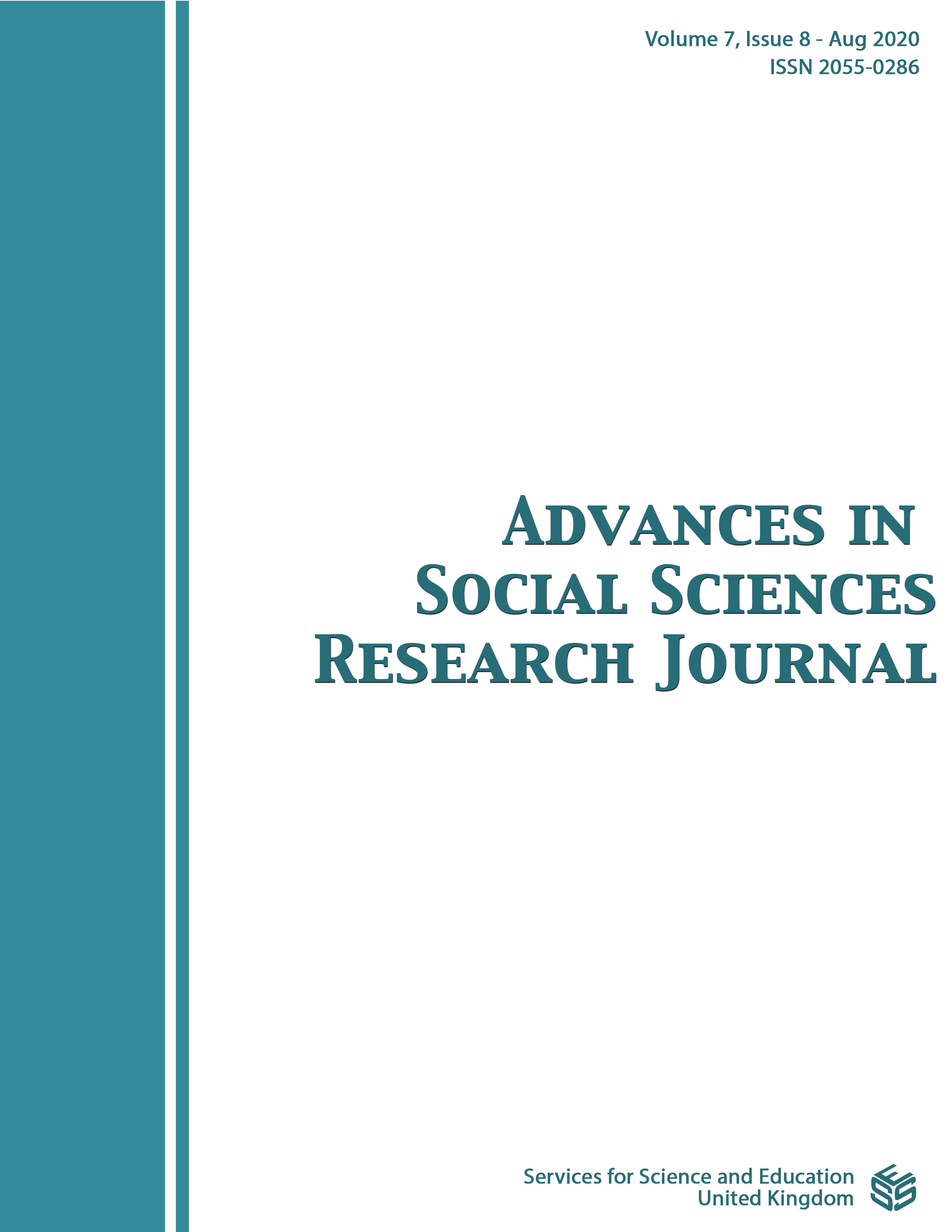Non-Adversarial Dispute Resolutions: Studying Of Japanese Non-Litigious Country And Society
DOI:
https://doi.org/10.14738/assrj.78.8779Keywords:
Dispute, resolution, adversarial, non-adversarial, law and claims.Abstract
In line with the changing of times, the transition from small-scale trade to global trade has invoked changes to the existing trade system to a more challenging one. This has made the impact being felt by the consumers. Users are getting more repressed in many forms of trade that are becoming more and more challenging besides testing the intellectual capabilities of consumers. The latest trading trend needs a change in its dispute resolution system to become more efficient and meet the demands of consumers and traders. The current trade scenario as well as the rise in matters of consumerism have made it crucial to outline a perfect and complete set of laws that is capable to protect the consumers’ rights and solve disputes that are usually arise in consumer-trader contract matters, that is sometimes unexpected. The laws formed can be beneficial if transparent and able to protect consumers involved in trade with traders, both nationally and internationally. This research aimed to discuss on the Japanese non-adversarial dispute resolutions which popularly known as non-litigious country and society. Being a library based-research, reference will be made to relevant authoritative texts, case studies, and applies the method of literature review through content analysis of documents. Overall, this paper finds that, without looking at the different theories introduced, until today, the Japanese still believe that disputes should not occur. If disputes do occur, the resolution is through a mutual resolution agreement contract. In this situation, they will give honest effort to compromise or resolution that they mutually agree upon.
Downloads
Published
How to Cite
Issue
Section
License
Authors wishing to include figures, tables, or text passages that have already been published elsewhere are required to obtain permission from the copyright owner(s) for both the print and online format and to include evidence that such permission has been granted when submitting their papers. Any material received without such evidence will be assumed to originate from the authors.






